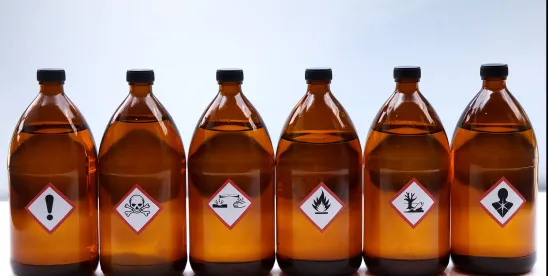On April 19, 2024, the U.S. Environmental Protection Agency (EPA) announced that it was designating two common per- and polyfluoroalkyl substances (PFAS) as hazardous substances under the Comprehensive Environmental Response, Compensation, and Liability Act (CERCLA), commonly known as Superfund. As expected, EPA is issuing a final rule to designate perfluorooctanoic acid (PFOA) and perfluorooctanesulfonic acid (PFOS) as hazardous substances. The pre-publication version of the rule is available here.
Once the rule is effective, entities will be required to report releases of PFOA and PFOS into the environment that meet or exceed the reportable quantity. Reporting past releases is not required if the releases have ceased as of the effective date of the rule. EPA will have the authority to order potentially responsible parties to test, remediate, or pay for the cleanup of sites contaminated with PFOA or PFOS under CERCLA.
Massachusetts established reportable concentrations for six PFAS, including PFOA and PFOS, in 2019. The Massachusetts regulations also contain cleanup standards for PFAS contamination in soil and groundwater.
Under Maine law, these substances also are automatically deemed a Maine hazardous substance regulated under the Maine Uncontrolled Hazardous Substance Sites Law. Maine’s PFAS screening levels are available here.
Solid waste facility operators had expressed serious concerns about the prospect of PFOA and PFOS being listed as hazardous substances under CERCLA and have advocated for a narrow exemption. Landfills can be recipients of PFAS-containing waste without knowing it. Similarly, wastewater treatment plant operators feared liability and increased costs if the rule designating PFOA and PFOS as hazardous substances became final.
EPA’s announcement of the final rule came with a CERCLA enforcement discretion policy [PFAS Enforcement Discretion and Settlement Policy Under CERCLA] that makes clear that EPA will focus enforcement on parties that significantly contributed to the release of PFAS into the environment.
The policy states that the EPA does not intend to pursue certain publicly‑owned facilities such as solid waste landfills, wastewater treatment plants, airports, and local fire departments, as well as farms where biosolids are applied to the land. Firefighting foam (aqueous film-forming foam, or AFFF) is known to contain PFAS, and runoff from the use of AFFF has been known to migrate into soil and groundwater.





 />i
/>i

